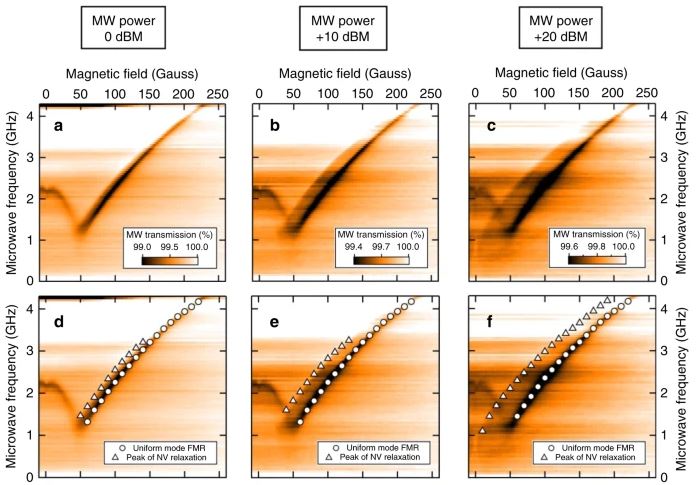
Identification of magnon populations in antiferromagnets and understanding of the associated magnon-magnon interactions is essential for the development of AF spintronic applications. A single NV spin is a powerful, nanoscale probe for local detection of magnons. As we and others have shown, the relaxation rate of the NV spin is sensitive to fluctuations of the magnetic dipolar fields generated by magnons. However, this detection technique was long thought to be limited to fluctuations at the NV resonance frequency (~2.9 GHz). We recently showed the effectiveness of two-magnon processes in relaxing NV moments. These two-magnon processes involve very high frequency/wavevector magnons whose difference frequency is constrained to match the NV frequency. Magnon systems in antiferromagnets remain poorly understood in large part due to the technical challenge of detecting high frequency magnetics. Our recent advance opens a route to NV detection and study of very high frequency magnon dynamics. This work has been published in nature communications and can be accessed here.
